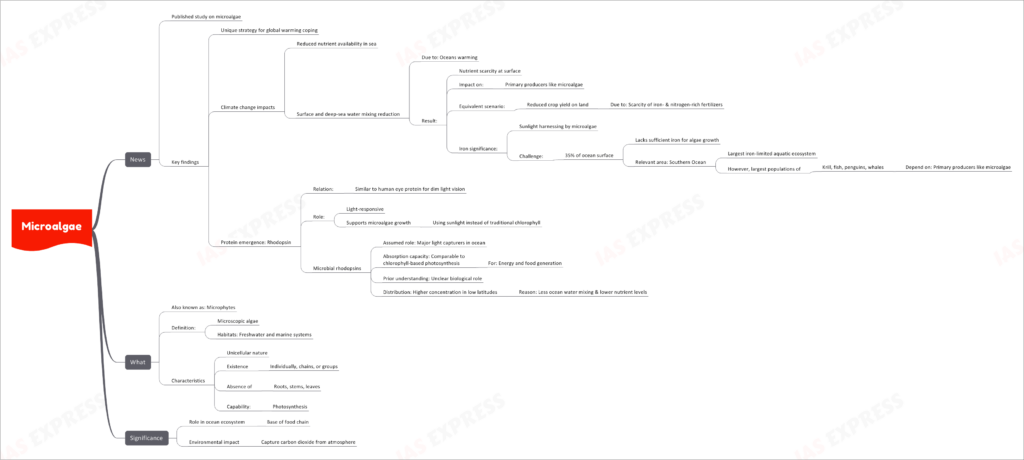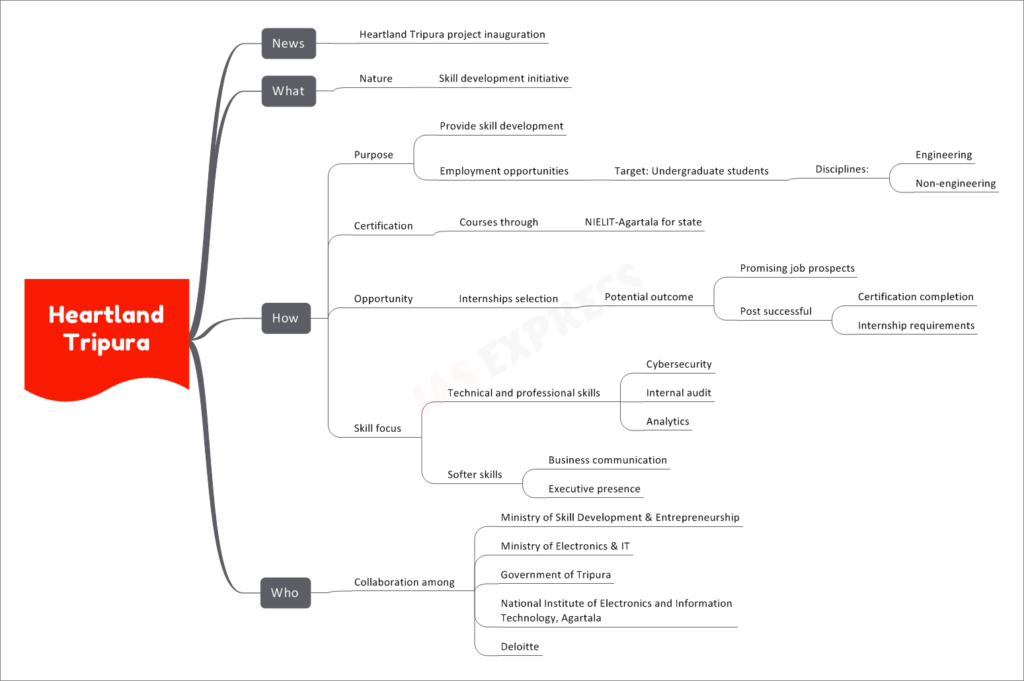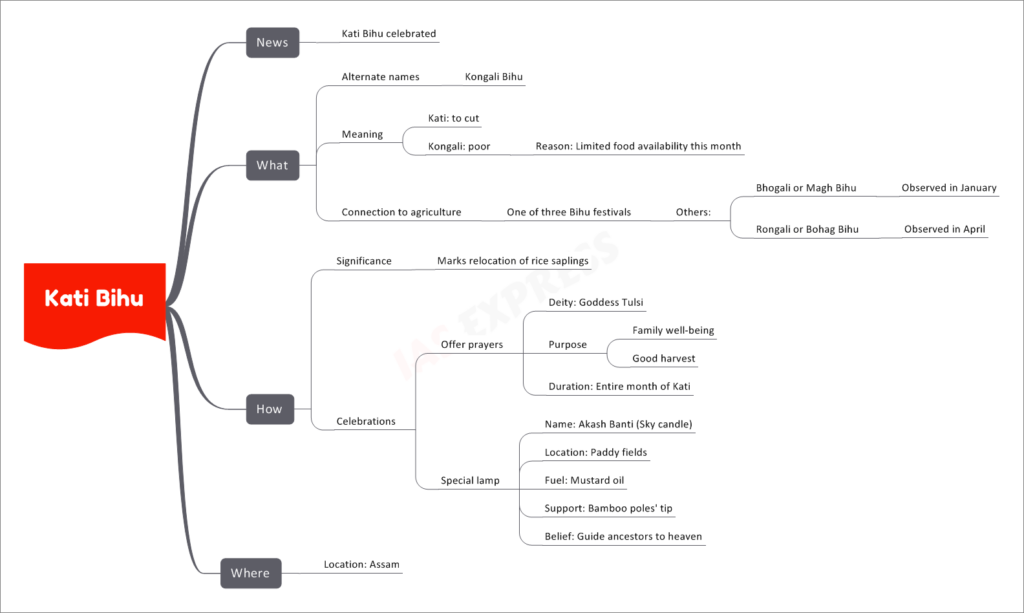[Newsbits] 18.10.2023

SC Order on Telcos’ License Fee Tax
In recent news, the Supreme Court has delivered a significant verdict concerning the taxation of license fees paid by telecom companies. This verdict has far-reaching implications for telecom operators, particularly in terms of their tax liabilities and accounting practices.
The Appeal Disposal
By the Income Tax Department
The case in question was disposed of in response to an appeal made by the Income Tax Department.
Inclusion of 33 Similar Petitions
The verdict also covers 33 similar petitions related to the taxation of license fees.
Division Bench Members
The case was presided over by a Division Bench consisting of:
- Justice BV Nagarathna
- Justice Ujjal Bhuyan
Verdict Details
Payment Types Considered as Capital Expenditure
The Supreme Court's verdict focuses on the treatment of certain payments as capital expenditure. These payments include:
- Entry Fee
- Variable Annual License Fee
Taxation Nature: Capital and Not Revenue
The central determination of the verdict is that these payments should be treated as capital expenditures for taxation purposes.
Supreme Court's Stance on Payments to DoT
The payments made to the Department of Telecommunication (DoT) under the New Telecom Policy of 1999 were deemed to have a capital nature. They should be amortized in accordance with Section 35ABB of the Income Tax Act.
Set Aside: Delhi High Court Order
The verdict sets aside the Delhi High Court's order, which had differentiated between license fees before and after July 31, 1999, categorizing them as either capital or revenue expenses.
Significance of the Verdict
Implications of the Verdict
Expenditure Deductions
The verdict implies that telecom companies cannot deduct all license fee expenses at once for tax purposes. Instead, they are eligible for partial deductions over several years.
Potential Tax Liabilities for Telecom Companies
- The estimated increase in tax liabilities for the current fiscal year is approximately $1 billion.
- Affected companies include older telecom giants like Bharti Airtel and Vodafone Idea.
Current Practice
Prior to the verdict, telecom companies typically treated license fees as an expense, determining deductions based on variable license fees on a year-to-date basis for computing their tax liability.
Accounting Change Due to the Verdict
The verdict necessitates an accounting change for telecom companies. They must now treat license fees as capital expenses and amortize them over the license holding period. This will result in initially higher EBITDA/PBT (Earnings Before Interest, Taxes, Depreciation, and Amortization/Profit Before Tax) and lower cash flow due to increased tax obligations. However, these effects will eventually balance out over the license holding period.
Earlier Delhi HC Order Perspective
The previous order of the Delhi High Court, which allowed for the deductibility of telecom license payments, appeared reasonable. It had a significant impact on telecom operators, prompting them to re-evaluate their position on deductibility. Any disallowance of these deductions could exacerbate the financial challenges faced by telecom companies, which are already struggling.
Microalgae
A recently published study on microalgae sheds light on their remarkable strategies for coping with global warming and their pivotal role in the face of climate change impacts. Microalgae, also known as microphytes, are microscopic algae found in freshwater and marine systems. This study has unveiled their distinctive adaptations and significance in the ever-changing environmental landscape.
Exploring Key Findings
Unique Strategy for Global Warming Coping
Microalgae have developed a unique strategy to adapt to global warming, particularly in the context of climate change impacts on oceans.
Reduced Nutrient Availability in the Sea
One of the consequences of climate change is the reduction of nutrient availability in the ocean. This is due to the warming of oceans, which disrupts the natural mixing of surface and deep-sea waters.
- Result: Nutrient scarcity at the surface of the ocean, impacting primary producers like microalgae.
- Equivalent Scenario: This scarcity can be likened to reduced crop yields on land due to the scarcity of iron- and nitrogen-rich fertilizers.
Iron Significance
Iron plays a crucial role in the growth of microalgae, as it enables them to harness sunlight for energy.
- Challenge: Approximately 35% of the ocean surface, particularly in the Southern Ocean, lacks sufficient iron for the growth of microalgae.
- Relevance: The Southern Ocean is not only the largest iron-limited aquatic ecosystem but also hosts the largest populations of krill, fish, penguins, and whales—all of which depend on primary producers like microalgae for their survival.
Protein Emergence: Rhodopsin
Microalgae have also adapted through the emergence of a protein called rhodopsin, which has a role similar to a human eye protein used for dim light vision.
- Role: Rhodopsin is light-responsive and supports microalgae growth by using sunlight, as opposed to traditional chlorophyll.
- Microbial Rhodopsins: These proteins are assumed to be major light capturers in the ocean and have a comparable capacity for energy and food generation through photosynthesis, similar to chlorophyll-based photosynthesis.
- Distribution: They are more concentrated in low latitudes due to reduced ocean water mixing and lower nutrient levels.
Understanding Microalgae
Also Known As: Microphytes
- Definition: Microalgae are microscopic algae found in both freshwater and marine systems.
- Characteristics: They are typically unicellular and can exist individually, in chains, or in groups. Microalgae lack roots, stems, and leaves but possess the capability for photosynthesis.
Significance in the Ecosystem
Role in Ocean Ecosystem
Microalgae serve as the foundation of the marine food chain, providing sustenance for numerous marine species.
Environmental Impact
Microalgae play a crucial role in mitigating climate change by capturing carbon dioxide from the atmosphere through photosynthesis, contributing to the regulation of greenhouse gases.
Heartland Tripura
In recent news, the Heartland Tripura project has been inaugurated, signifying a significant step towards enhancing skill development and employment opportunities in the state. This initiative is set to benefit undergraduate students by offering a diverse range of courses and certifications aimed at equipping them with both technical and professional skills.
What is the Heartland Tripura Project?
Nature of the Project
The Heartland Tripura project is a skill development initiative with a primary focus on nurturing the talents of the youth in Tripura.
How Does the Heartland Tripura Project Operate?
Purpose
The core objectives of this initiative are:
- Provide Skill Development: Offering training and development programs to enhance technical and professional competencies.
- Create Employment Opportunities: Facilitating job placement for undergraduate students in various disciplines.
Target Audience
This initiative is primarily aimed at undergraduate students, encompassing both engineering and non-engineering fields.
Certification Courses
The project provides certification courses in collaboration with NIELIT-Agartala, specifically tailored to cater to the skill development needs of the state.
Opportunity for Internships
One significant component of the Heartland Tripura project is the selection of students for internships. Successful interns stand to gain promising job prospects upon meeting the certification and internship requirements.
Skill Focus
The skill development programs offered under this initiative cover a broad spectrum of skills, including:
Technical and Professional Skills
- Cybersecurity: Equipping students with the knowledge and skills to safeguard digital environments.
- Internal Audit: Preparing students for roles in assessing and enhancing organizational processes.
- Analytics: Enhancing data analysis capabilities, a critical skill in today's data-driven world.
Softer Skills
- Business Communication: Developing effective communication skills for professional settings.
- Executive Presence: Training students in aspects of leadership and professional demeanor.
Who is Involved in the Heartland Tripura Project?
Collaboration Among Key Entities
The success of the Heartland Tripura project hinges on collaboration between various stakeholders:
- Ministry of Skill Development & Entrepreneurship: Providing strategic guidance and support for skill development initiatives.
- Ministry of Electronics & IT: Contributing to the project's technological and digital aspects.
- Government of Tripura: Playing a pivotal role in the implementation and execution of the initiative.
- National Institute of Electronics and Information Technology, Agartala: Serving as an educational partner and certification provider.
- Deloitte: Bringing its expertise in skill development and job placement to the project, fostering economic growth in the region.
Kati Bihu
In recent news, the vibrant festival of Kati Bihu has been celebrated in the state of Assam, India. This unique festival, also known as Kongali Bihu, holds a special place in the hearts of Assamese people and is deeply connected to their agricultural traditions.
What is Kati Bihu?
Alternate Names
Kati Bihu is also known as Kongali Bihu, reflecting its association with scarcity and limited food availability during this month.
Meaning of the Names
- Kati: The word "Kati" means "to cut," signifying the cutting of paddy plants during this time.
- Kongali: "Kongali" translates to "poor," emphasizing the limited food resources available in this month.
Connection to Agriculture
Kati Bihu is one of the three Bihu festivals celebrated in Assam, with each one closely tied to agricultural cycles:
- Bhogali or Magh Bihu: Observed in January, it's a harvest festival celebrated with feasting and merriment.
- Rongali or Bohag Bihu: Observed in April, it marks the Assamese New Year and the onset of the agricultural season.
How is Kati Bihu Celebrated?
Significance
Kati Bihu is significant as it marks the time for the transplantation of rice saplings from nurseries to the paddy fields, a crucial phase in the agricultural calendar.
Celebrations
- Offering Prayers: During the entire month of Kati, people offer prayers for their family's well-being and a bountiful harvest.
- Deity: Goddess Tulsi is the focal point of these prayers.
- Purpose: These prayers are made with the hope of ensuring a prosperous and healthy life for family members and to seek the blessings of the goddess for a successful harvest.
- Special Lamp - Akash Banti (Sky Candle): A unique tradition associated with Kati Bihu involves lighting a special lamp known as "Akash Banti" in the paddy fields.
- Location: These lamps are placed in the paddy fields.
- Fuel: Mustard oil is used as fuel for these lamps.
- Support: Bamboo poles' tips are used to support these lamps.
- Belief: It is believed that these lamps guide the souls of ancestors to heaven, ensuring their peaceful journey after death.
Where is Kati Bihu Celebrated?
Location
Kati Bihu is primarily celebrated in the state of Assam, where it holds great cultural and agricultural significance. The festival brings communities together and reinforces the deep-rooted connection between the people of Assam and their agricultural traditions.
Krishi Road Map
In recent news, the President of India has officially launched the Fourth Krishi Road Map, which covers the period from 2023 to 2028 and is centered in the state of Bihar. This roadmap represents a significant step in the agricultural development of the region, aiming to address various key aspects of agricultural growth and prosperity.
What is the Krishi Road Map?
The Fourth in Agricultural Road Maps Series
The Fourth Krishi Road Map is the latest installment in a series of strategic plans aimed at boosting the agricultural sector in Bihar.
Investment Worth ₹1.62 Lakh Crore
This ambitious plan comes with an investment of ₹1.62 lakh crore, highlighting the government's commitment to transforming agriculture in the state.
Key Highlights of the Fourth Krishi Road Map
Focus Areas
The roadmap outlines several crucial areas of focus to revitalize agriculture in Bihar:
- Increasing Agricultural Production: The primary objective is to enhance crop yields and overall agricultural production.
- Increasing Farmers' Incomes: Over the next five years, the plan seeks to raise the income levels of farmers, improving their economic stability.
- Storage Focus: Adequate storage facilities are essential to prevent post-harvest losses and ensure food security.
- Processing Focus: Encouraging agro-processing industries to add value to agricultural products.
- Expansion Focus: Expanding areas of cultivation, particularly in terms of seed production and irrigation.
- Crop Diversification: Promoting the cultivation of a diverse range of crops to reduce risk and improve sustainability.
- Improved Agriculture Marketing: Enhancing marketing channels for agricultural produce to connect farmers with consumers efficiently.
Pros and Achievements of Previous Roadmaps
Results from Last 3 Roadmaps
The previous Krishi Road Maps have yielded remarkable results:
- Productivity Increase: Crop productivity has seen significant improvements, with key crops such as paddy, wheat, and maize nearly doubling their yields in the state.
- Wheat Production:
- 2008: 23.35 quintal/hectare
- Now: 30.78 quintal/hectare
- Maize Production:
- 2008: 27.39 quintals/hectare
- Now: 52.36 quintals/hectare
- Rice Production:
- Initial: 12.37 quintals/hectare
- By 2022: 24.96 quintals/hectare
- Wheat Production:
- Other Production Increases: Beyond grains, milk, eggs, and meat production have also witnessed growth after the implementation of the Agricultural Road Maps.
- Leadership in Specific Products: Bihar has excelled in producing specialty items like mushrooms, honey, makhana (fox nuts), and fish, solidifying its position as a leader in these sectors.
Who is Behind the Krishi Road Map?
Government of Bihar
The Krishi Road Map is an initiative of the Government of Bihar, demonstrating their commitment to the agricultural sector's development.
Involved Departments
To ensure the successful execution of this comprehensive plan, 12 different government departments are actively participating, each contributing to various aspects of agricultural growth and development.
When Did the Journey Begin?
Timeline
The journey of the Krishi Road Maps began in 2008 and has seen several milestones:
- Starting Year: 2008
- 1st Agriculture Road Map: Launched in 2008
- 2nd Road Map: Launched in 2012
- 3rd Road Map: Launched in 2017
If you like this post, please share your feedback in the comments section below so that we will upload more posts like this.





